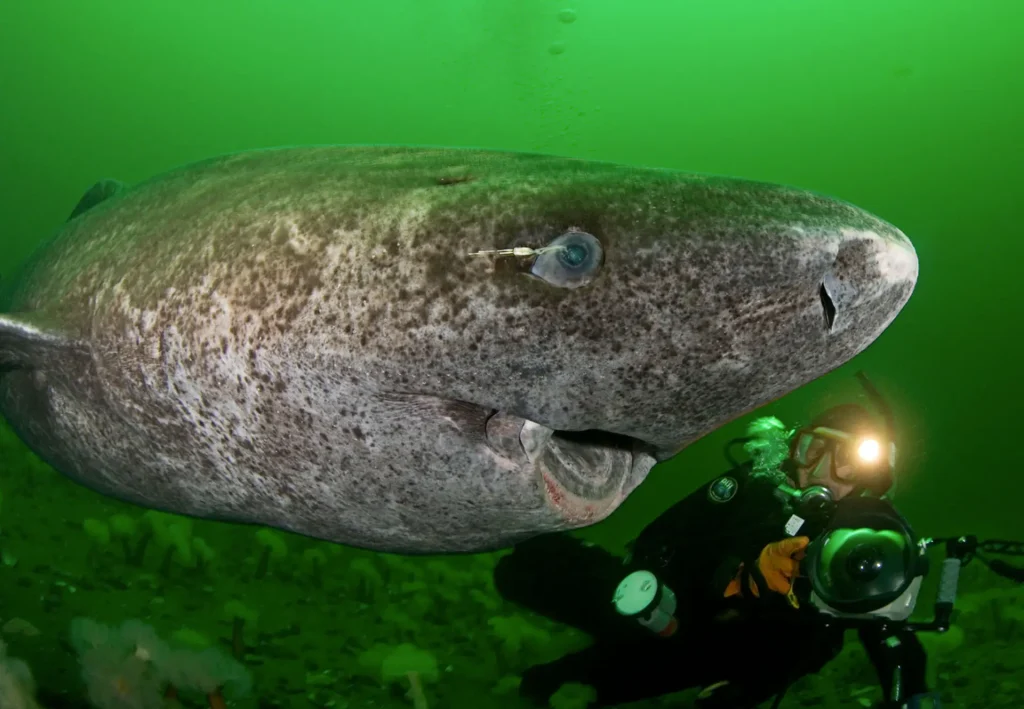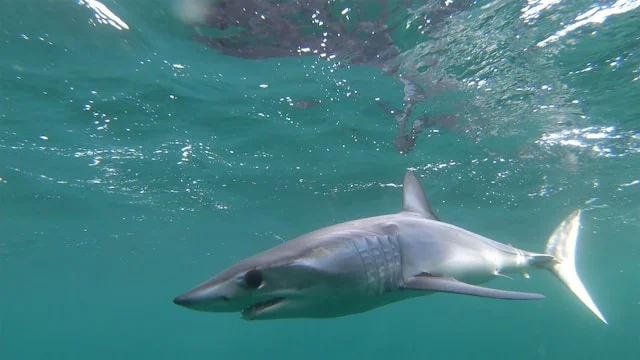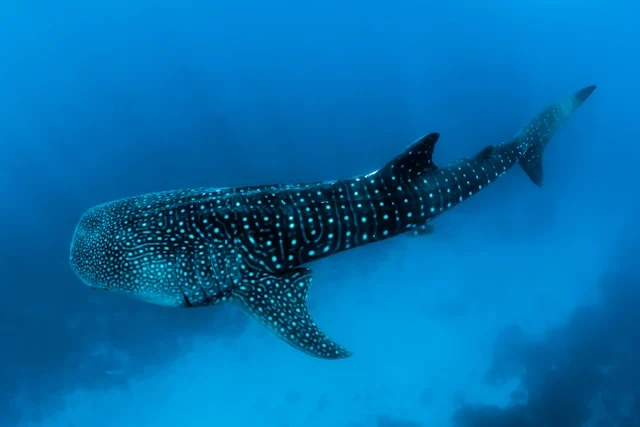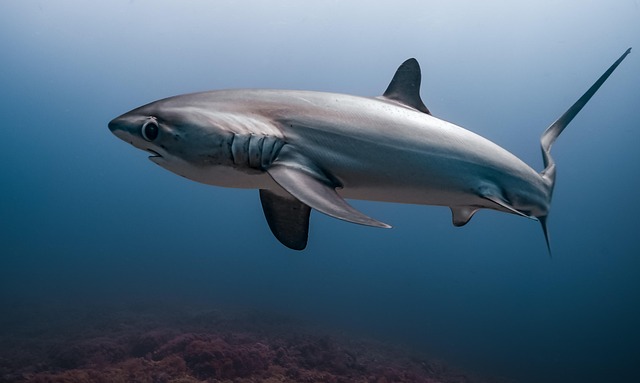Sharks
Sharks have roamed Earth’s oceans for over 400 million years—long before dinosaurs walked the land. As apex predators, they play a vital role in maintaining the health of marine ecosystems. These fascinating creatures come in a variety of shapes, sizes, and behaviors, each uniquely adapted to its environment.
Let’s dive into the world of these incredible creatures!
Hi There, we are sharks
Sharks are a diverse group of cartilaginous fish, meaning their skeletons are made of flexible cartilage rather than bone. This adaptation makes them lighter and more agile in the water, giving them an advantage over many bony fish.
There are over 500 known species of sharks, each with distinct characteristics. Some, like the hammerhead shark, have uniquely shaped heads that improve their field of vision, while others, such as the cookiecutter shark, leave circular bite marks on larger animals. Despite their differences, all sharks share common traits such as streamlined bodies, multiple rows of replaceable teeth, and specialized senses for detecting prey.
Did You Know?
The Greenland shark can live for over 400 years, making it the longest-living vertebrate on Earth! Scientists believe their slow metabolism and cold-water habitat contribute to their extraordinary lifespan.
Image credit: CREDIT-CC BY-SA 4.0

Shark Evolution
Sharks have existed for more than 400 million years, surviving multiple mass extinctions, including the one that wiped out the dinosaurs. Early sharks, such as Cladoselache, had smooth, torpedo-shaped bodies and lacked the replaceable teeth seen in modern species. Over time, sharks evolved a variety of specialized adaptations, including serrated teeth for cutting through tough prey, electroreception for detecting hidden animals, and even bioluminescence in some deep-sea species. Fossils of the megalodon, an extinct species of prehistoric shark, suggest it was one of the largest predators to ever exist, with jaws strong enough to crush whale bones.
Did You Know?
The megalodon, an extinct species of shark, could grow up to 18 meters (60 feet) long—three times the size of a great white shark! Its teeth, some of which measure over 7 inches, are among the largest ever discovered.
Anatomy and Senses
Sharks are built for survival with a combination of speed, strength, and finely tuned senses. Their streamlined bodies reduce water resistance, allowing them to glide effortlessly through the ocean. Their powerful tails propel them forward, while their pectoral fins help with steering. Unlike most fish, sharks lack a swim bladder, which means they must keep moving to avoid sinking. Instead, their large, oil-filled livers provide buoyancy.
Super Senses:
Electroreception – Sharks can detect the electrical signals emitted by living organisms using specialized gel-filled pores called ampullae of Lorenzini. This allows them to locate hidden prey, even if it’s buried under sand.
Smell – Some species can detect a single drop of blood in millions of liters of water, helping them track injured or struggling animals from long distances.
Hearing – Sharks can hear low-frequency sounds from miles away, making it easier to detect distressed prey or potential threats.
Vision – Many sharks have excellent night vision due to a special layer of reflective cells behind their retinas called the tapetum lucidum, which enhances their ability to see in low light.
Did You Know?
A shark’s skin feels like sandpaper due to tiny tooth-like scales called dermal denticles, which not only provide protection but also reduce drag and increase swimming speed. This natural hydrodynamic design has even inspired technological advancements in swimwear and ship coatings.
Image credit: Dermal denticles of the lemon shark, by Pascal Deynat (CC BY-SA 3.0)

Shark Sizes
Sharks come in a remarkable range of sizes, from the minuscule to the massive:
Smallest – The dwarf lanternshark is only about 20 cm (8 inches) long and can fit in the palm of a hand. It uses bioluminescent patches on its belly to blend in with the light filtering down from the ocean surface, helping it avoid predators.
Largest – The whale shark, the gentle giant of the ocean, can grow up to 18 meters (60 feet) long. It primarily feeds on plankton and small fish by filtering thousands of liters of seawater per hour through its enormous mouth.
Fastest – The shortfin mako shark, the ocean’s speed demon, can reach speeds of up to 74 km/h (46 mph), making it one of the fastest fish in the sea. Its streamlined shape and powerful muscles allow it to leap out of the water in spectacular bursts of speed.
Image credit: Shorfin mako by Elaine Rewer on Usplash, Whale shark by Pena Lambarri on Unsplash, Theresher shark by Sungback Park on Pixabay
Where Do Sharks Live?
Sharks inhabit a vast range of environments across the world’s oceans. Some species prefer shallow coastal waters, where they hunt near coral reefs and seagrass beds, while others venture into the open ocean or even the deep sea. The frilled shark, for example, lives at depths of over 1,500 meters (4,900 feet), where sunlight never reaches. Other species, like the bull shark, are capable of surviving in both salt and freshwater, allowing them to swim up rivers and even be found in lakes.
Did You Know?
The epaulette shark has developed a fascinating ability to ‘walk’ across the seafloor and even survive for short periods out of water by using its fins like legs!
Video credit: National Geographic on YouTube
How Can I Help?
You don’t need to be a marine biologist to help protect sharks! Here are some simple yet effective ways anyone can contribute:
Choose Sustainable Seafood – Avoid seafood caught using destructive fishing methods that harm sharks as bycatch. Look for certifications like MSC (Marine Stewardship Council) or Seafood Watch recommendations.
Say No to Shark Products – Avoid buying products containing shark ingredients, such as shark fin soup, shark cartilage supplements, or certain cosmetics that use shark-derived squalene.
Reduce Plastic Waste – Plastic pollution harms marine life, including sharks. Use reusable bags, bottles, and straws to minimize plastic waste.
Support Shark Conservation Organizations – Donate to or volunteer with groups that work to protect sharks and their habitats, such as Shark Trust, Oceana, or the WWF.
Be a Responsible Diver and Tourist – If you dive or snorkel, choose eco-friendly operators that respect sharks and their environments. Avoid tours that promote harmful interactions, like baiting sharks for entertainment.
Educate Others – Spread awareness about the importance of sharks. Share factual information, debunk myths, and advocate for stronger protections.
Sign Petitions and Support Laws – Many organizations run petitions urging governments to protect sharks. Supporting bans on shark finning and unsustainable fishing practices makes a big difference.




